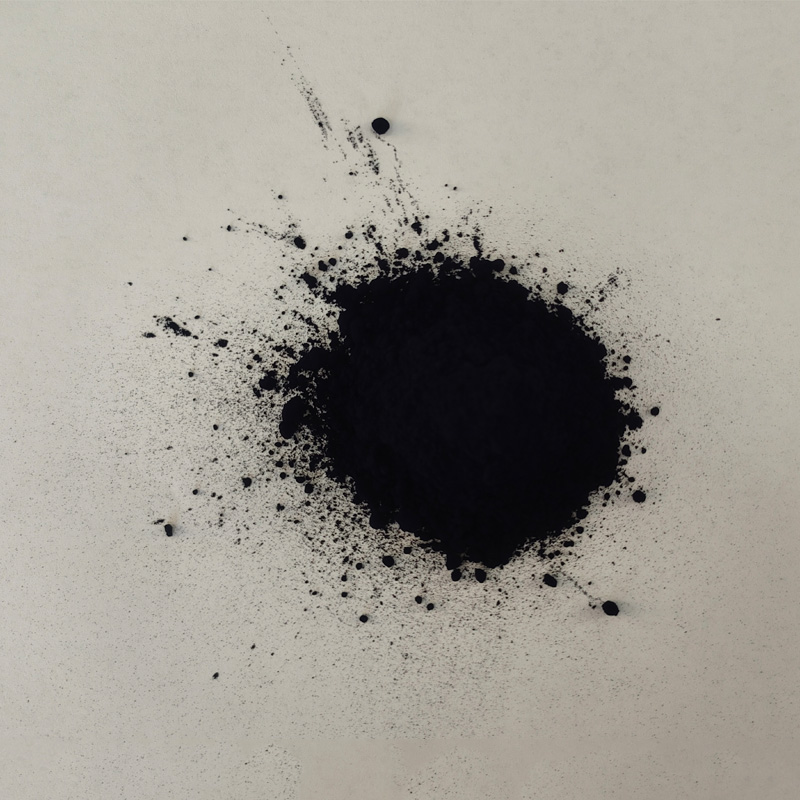Exploring the Beauty and Versatility of Premium Natural Indigo Blue Dye for Sustainable Fabrics
High-Quality Indigo Blue Natural Dye A Timeless Treasure
Indigo dye, with its rich, deep blue hue, has captivated cultures around the world for centuries. Revered not only for its stunning aesthetic but also for its natural origins, high-quality indigo blue natural dye stands as a testament to the artistry of nature and the hands of traditional artisans. This article explores the history, process, and significance of indigo dye, highlighting its enduring allure in modern textile design.
The Historical Significance of Indigo
The use of indigo date back thousands of years, with some of the earliest evidence of its dyeing properties found in ancient Egypt, India, and China. Historically, indigo was derived from the leaves of the indigofera plant, which contains a compound called indican. When fermented and processed, this compound transforms into the vibrant blue dye that has been used to color textiles and fabrics throughout time. The indigo trade flourished during the Middle Ages, with European demand leading to the establishment of plantations in various colonies, from the Americas to Asia.
The Dyeing Process
Creating high-quality indigo dye involves a meticulous process that reflects the commitment to craftsmanship and sustainability. The first step centers around harvesting the indigo leaves, which are then soaked in water to initiate fermentation. This natural fermentation process is critical; it helps to convert indican into indoxyl, which later oxidizes to form the deep blue pigment we recognize as indigo.
Once the dye is extracted, it can be used in a variety of ways. Traditionally, a technique known as dyeing by dipping is employed. Fabrics, often made from cotton or silk, are repeatedly dipped into the indigo solution, allowing each layer to dry before subsequent dips are carried out. This repetition creates a rich depth of color that synthetic dyes often struggle to replicate. The final step involves exposing the dyed fabric to air, which further solidifies the indigo as it oxidizes, resulting in the iconic blue transformations.
high quality indigo blue natural dye

Sustainable Fashion and Modern Applications
As the world becomes more conscious of environmental impacts, natural dyes like indigo have experienced a resurgence in popularity. Unlike synthetic dyes that often contain harmful chemicals and contribute to water pollution, high-quality indigo dye is biodegradable and free from toxins. This shift towards sustainability has encouraged designers and brands to seek out natural dyeing methods, making indigo not just a color choice, but an ethical statement.
Recent innovations in indigo dyeing techniques, such as the use of pre-reduced indigo, have also made the process more accessible while still maintaining the integrity of this ancient craft. Brands focusing on sustainable fashion have embraced indigo for its unique ability to create variations in color, allowing for one-of-a-kind pieces that tell a story.
The Allure of Indigo
Beyond its rich history and sustainable credentials, the allure of indigo blue natural dye lies in its versatility. From traditional textiles in vibrant patterns to contemporary minimalist designs, indigo continues to inspire countless artists and makers. Its deep hue is often associated with tranquility, wisdom, and trust, making it a popular choice in various design applications.
In conclusion, high-quality indigo blue natural dye is not just a product; it is a rich tapestry of history, culture, and sustainability. Its transition from ancient techniques to modern applications illustrates the enduring power of this timeless color, inviting all to explore the beauty and craftsmanship behind natural dyeing. As we embrace more environmentally friendly practices, indigo will undoubtedly continue to shine as a symbol of artistry and respect for nature, bridging the past with the future in the world of fashion and design.
-
The Timeless Art of Denim Indigo Dye
NewsJul.01,2025
-
The Rise of Sulfur Dyed Denim
NewsJul.01,2025
-
The Rich Revival of the Best Indigo Dye
NewsJul.01,2025
-
The Enduring Strength of Sulphur Black
NewsJul.01,2025
-
The Ancient Art of Chinese Indigo Dye
NewsJul.01,2025
-
Industry Power of Indigo
NewsJul.01,2025
-
Black Sulfur is Leading the Next Wave
NewsJul.01,2025

Sulphur Black
1.Name: sulphur black; Sulfur Black; Sulphur Black 1;
2.Structure formula:
3.Molecule formula: C6H4N2O5
4.CAS No.: 1326-82-5
5.HS code: 32041911
6.Product specification:Appearance:black phosphorus flakes; black liquid

Bromo Indigo; Vat Bromo-Indigo; C.I.Vat Blue 5
1.Name: Bromo indigo; Vat bromo-indigo; C.I.Vat blue 5;
2.Structure formula:
3.Molecule formula: C16H6Br4N2O2
4.CAS No.: 2475-31-2
5.HS code: 3204151000 6.Major usage and instruction: Be mainly used to dye cotton fabrics.

Indigo Blue Vat Blue
1.Name: indigo blue,vat blue 1,
2.Structure formula:
3.Molecule formula: C16H10N2O2
4.. CAS No.: 482-89-3
5.Molecule weight: 262.62
6.HS code: 3204151000
7.Major usage and instruction: Be mainly used to dye cotton fabrics.

